Answered step by step
Verified Expert Solution
Question
1 Approved Answer
Use the Laplace transform to solve the given initial-value problem. y' + 3y = et, y(0) = 2 y(t) = [13e -37 + ebt] X
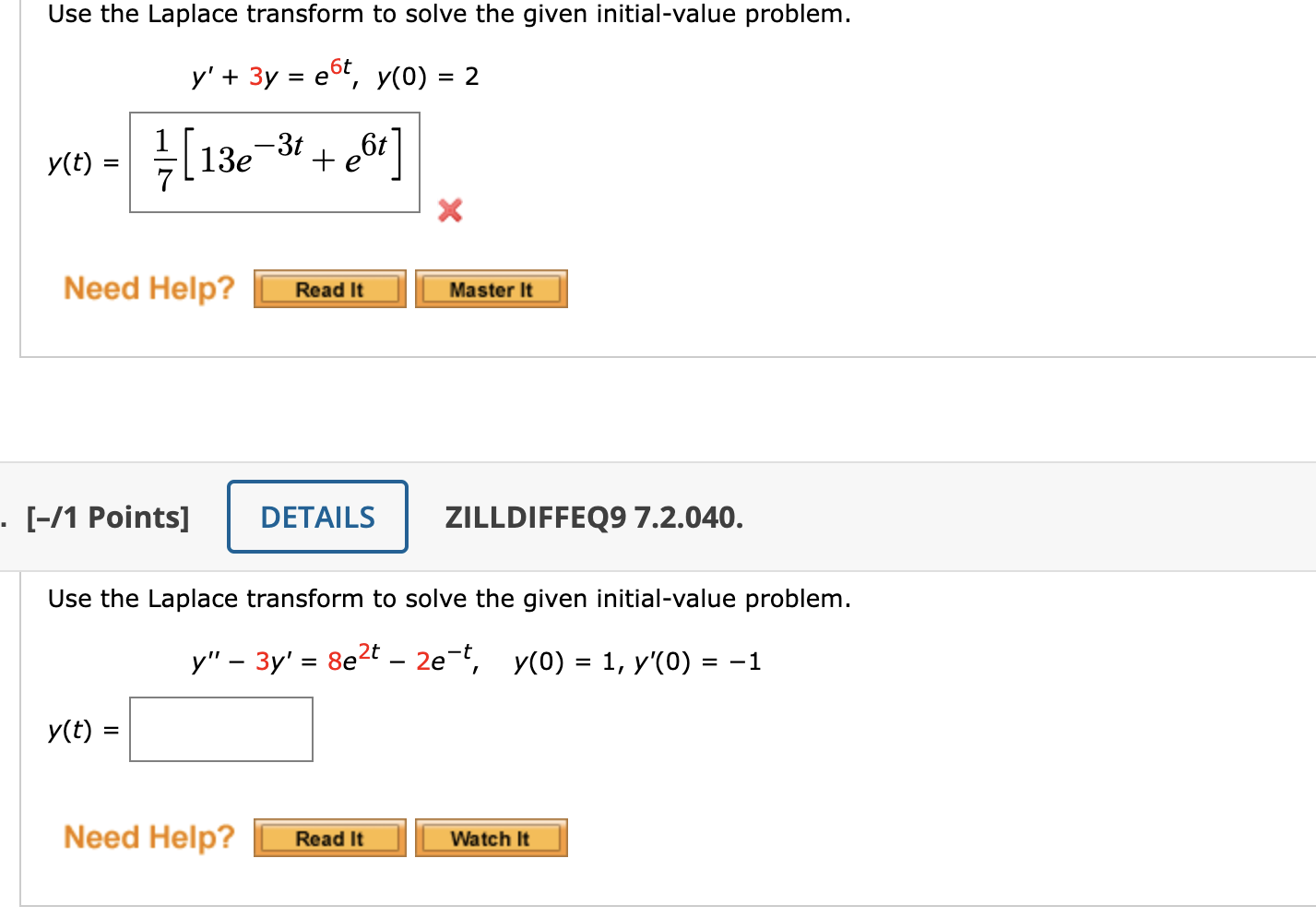
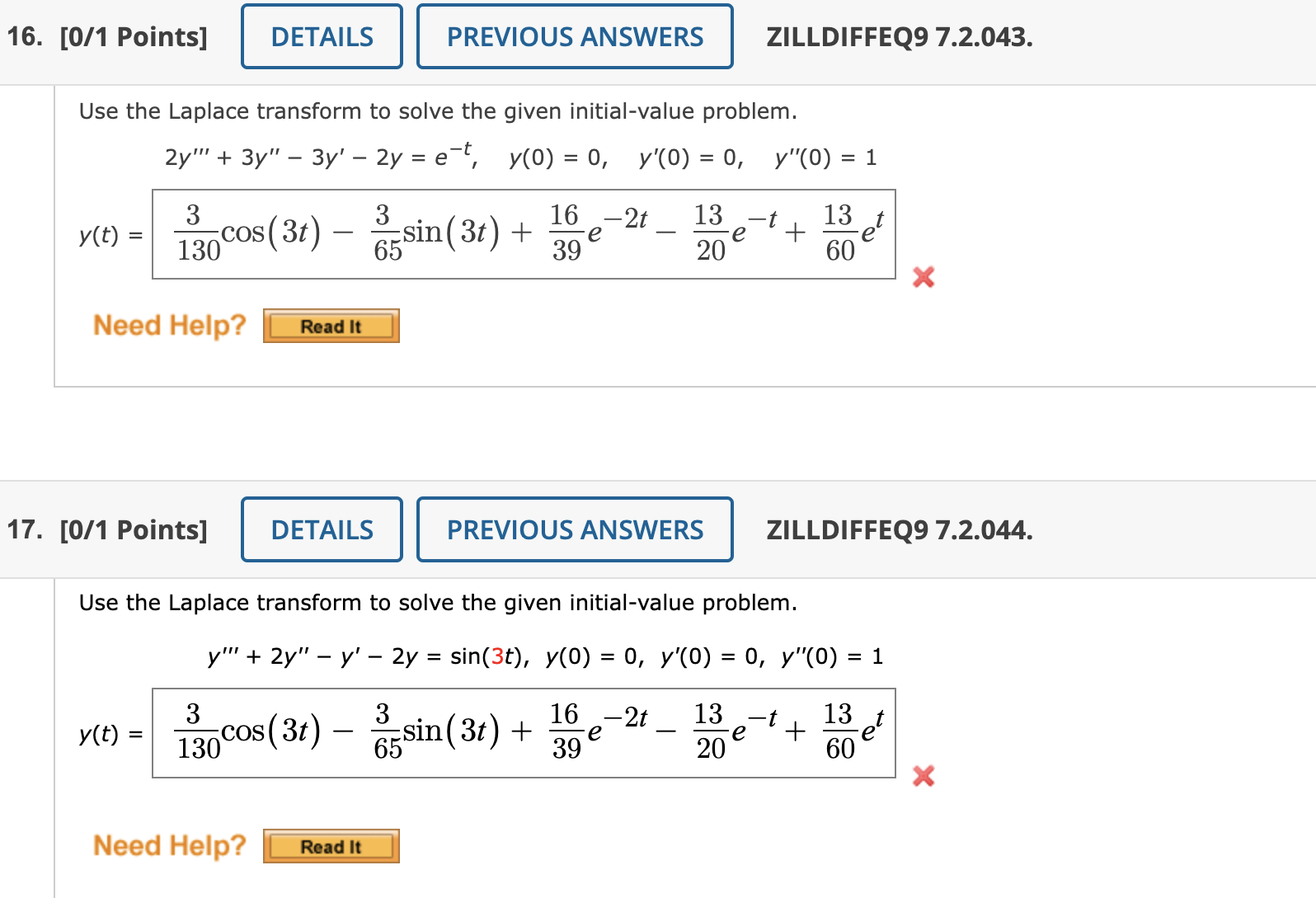
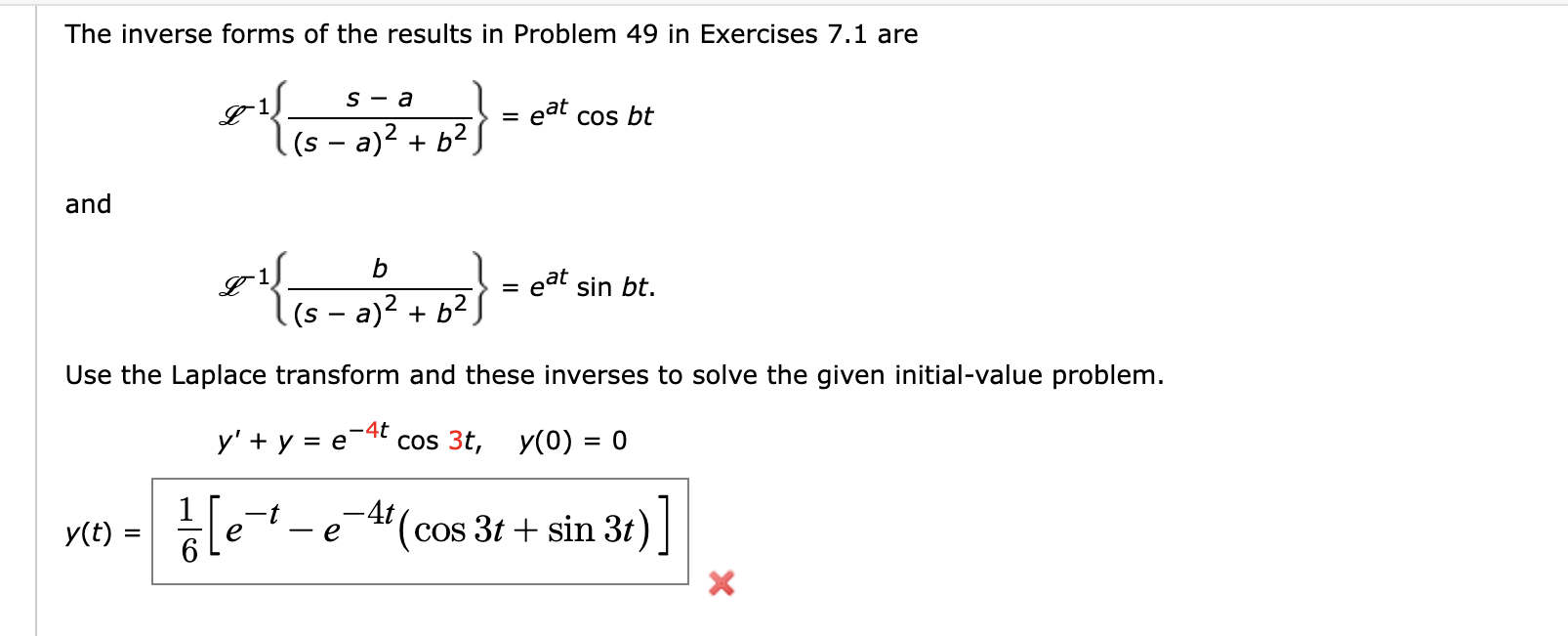
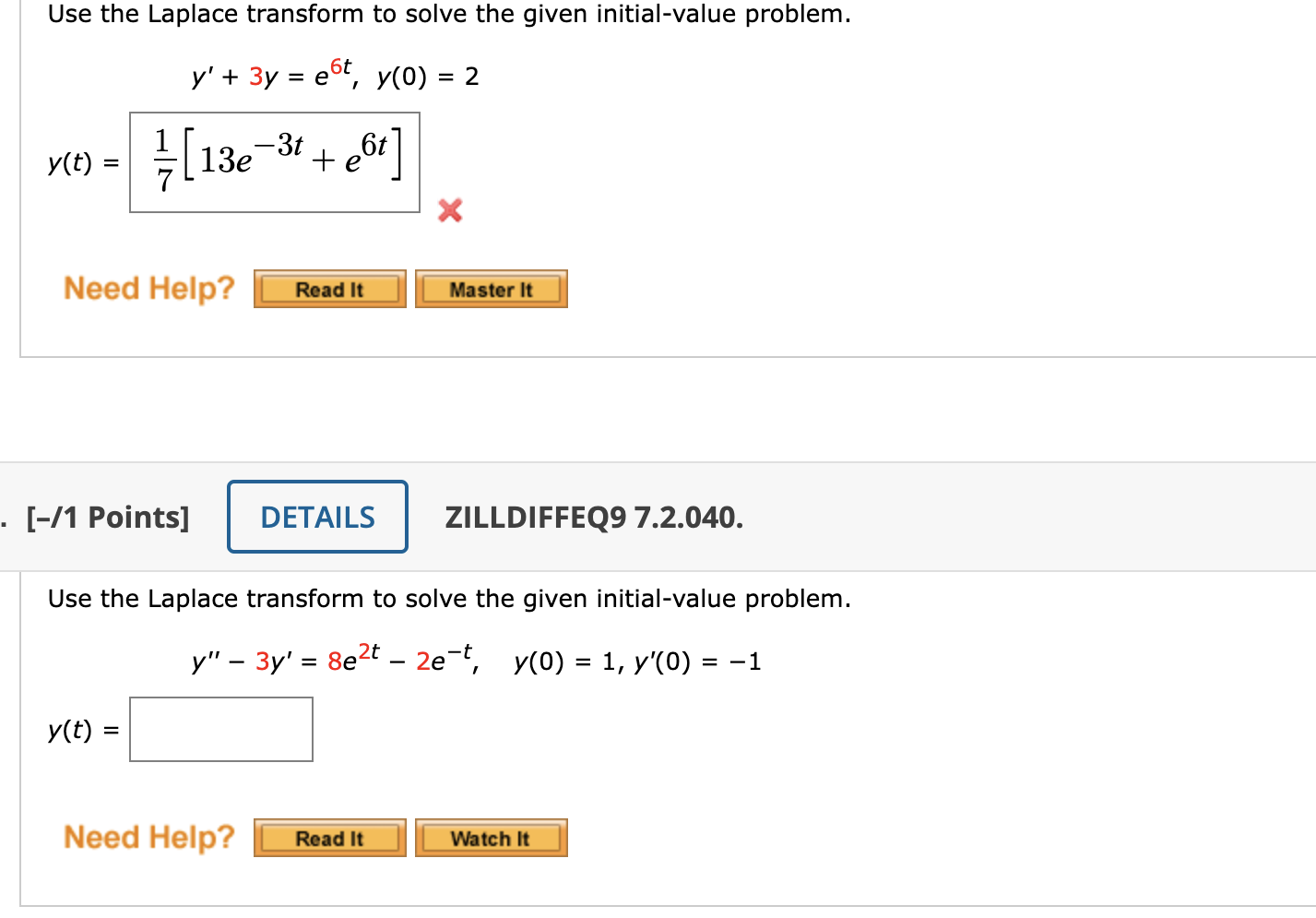
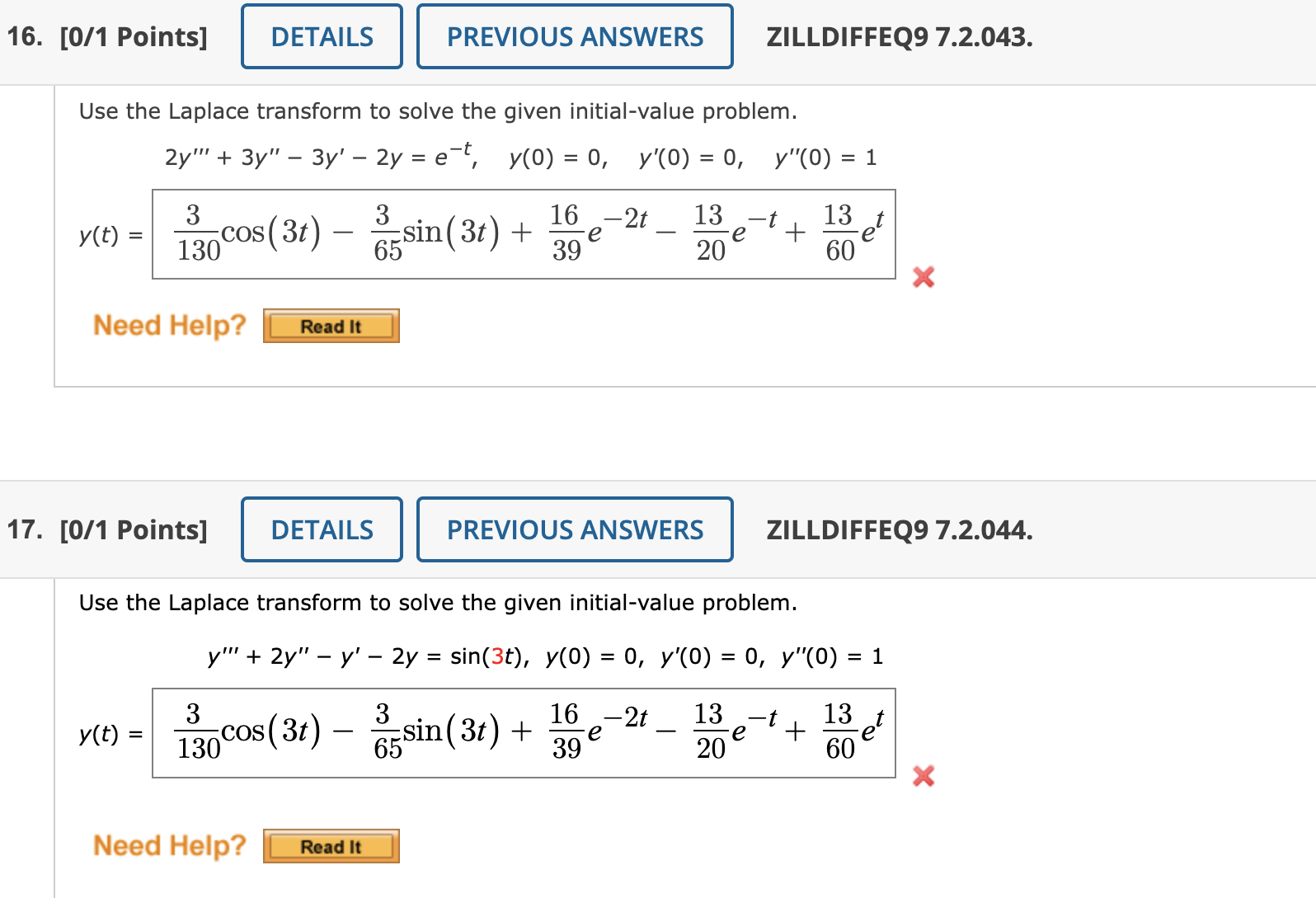
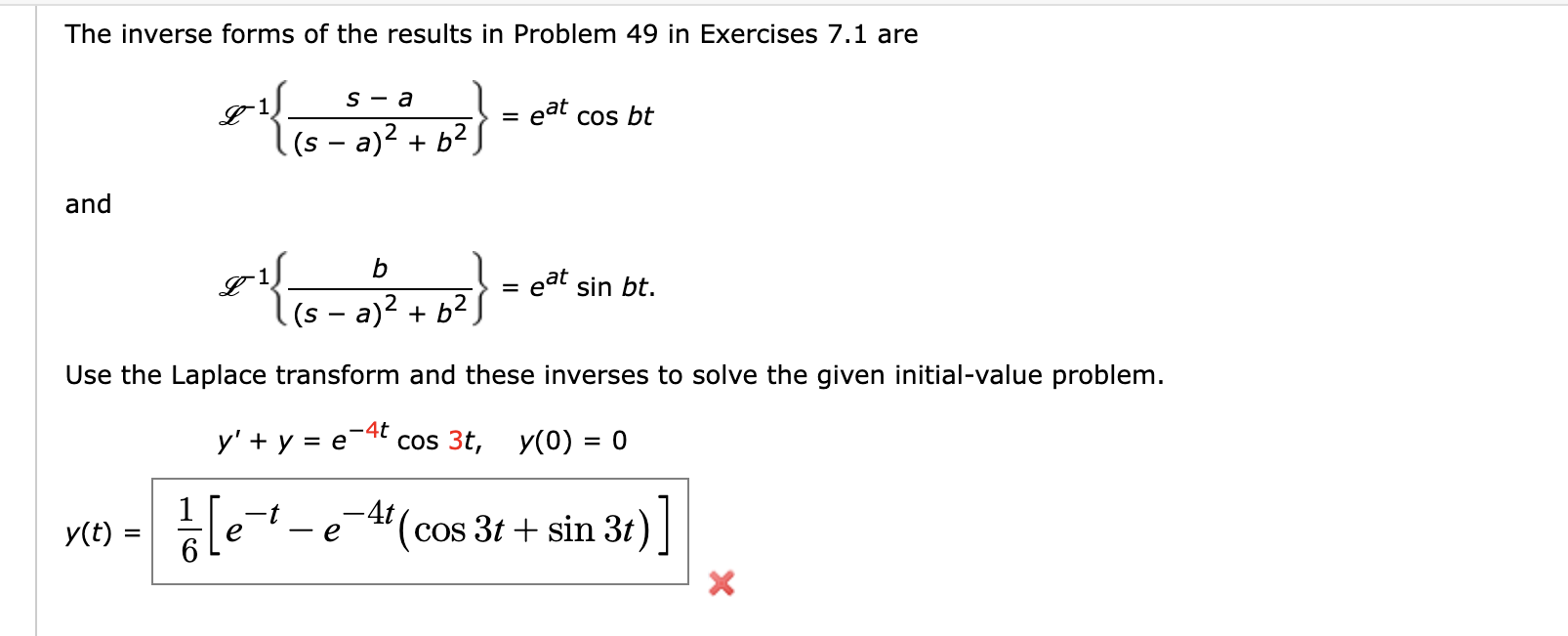
Step by Step Solution
There are 3 Steps involved in it
Step: 1

Get Instant Access to Expert-Tailored Solutions
See step-by-step solutions with expert insights and AI powered tools for academic success
Step: 2

Step: 3

Ace Your Homework with AI
Get the answers you need in no time with our AI-driven, step-by-step assistance
Get Started


